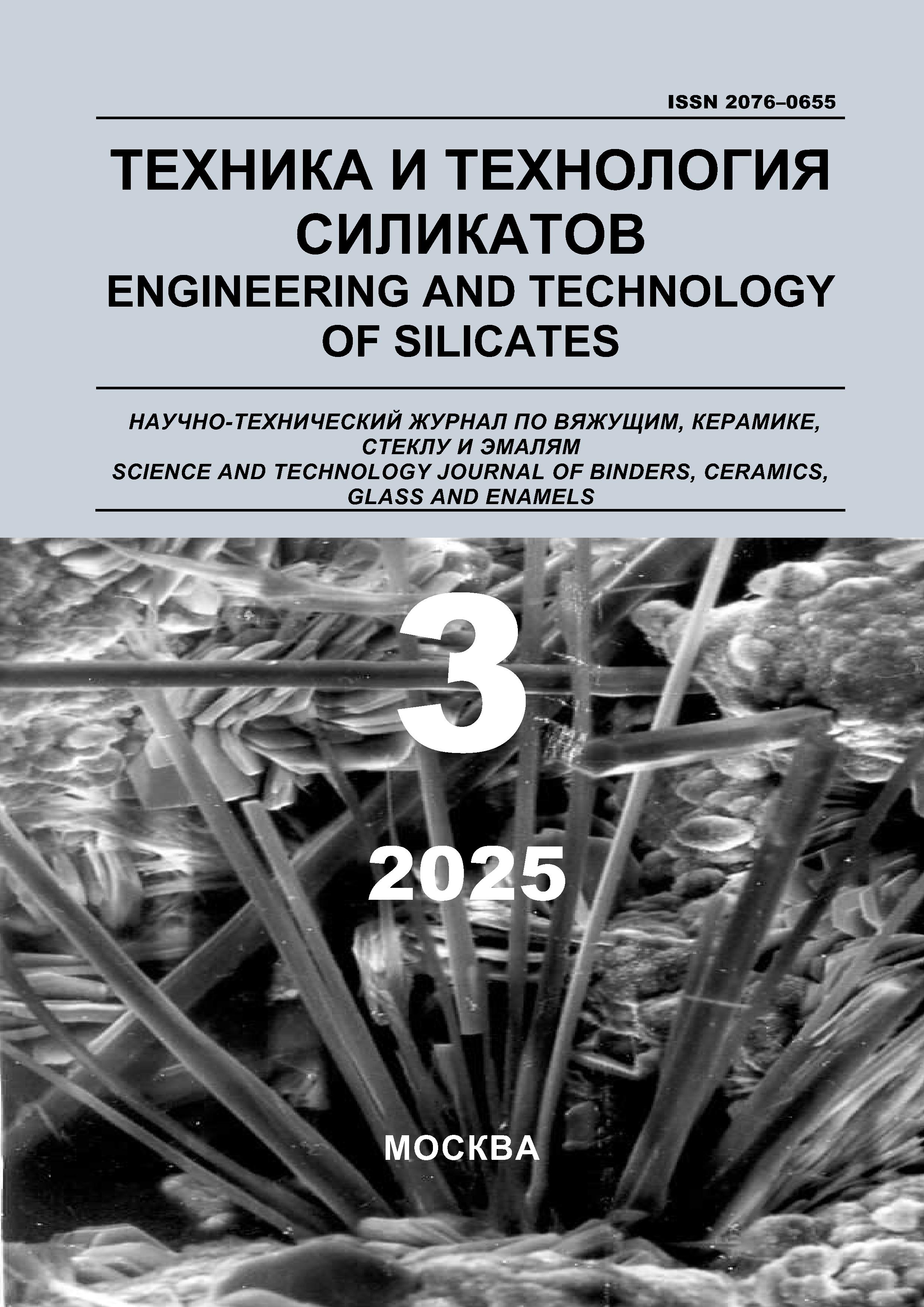employee
Moscow, Moscow, Russian Federation
Moscow, Moscow, Russian Federation
UDC 691.327
CSCSTI 67.09
Russian Classification of Professions by Education 08.06.01
Russian Library and Bibliographic Classification 383
Russian Trade and Bibliographic Classification 54
The article presents the results of research on the production of vibro-pressed products from fine-grained concrete us-ing rubber chips obtained by processing rubber products. The influence of cement consumption, rubber chips, microsilica as a microfiller, and superplasticizers of various compositions and structures on the physical and mechanical properties of concrete is considered. The influence of additives of rubber chips, silica and superplasticizers on the change in the proper-ties of fine-grained concrete has been evaluated. It has been established that the most rational compositions are concrete mixtures with a content of 5-10% rubber crumbs when replacing sand fractions. It is proved that when adding microsilica to a concrete mixture with rubber chips, concrete for vibration-pressed products can be obtained, characterized by a dense structure and strength indicators that are slightly inferior in strength to the control composition, and with reduced water absorption compared to compositions with rubber chips. The combined use of superplasticizer and silica reduces the water-cement ratio, improves the mixing quality and uniformity of the concrete mix for vibration-pressed products. The use of polycarboxylate-based superplasticizer in the composition of concrete with rubber chips has a more effective effect on the increase in strength of the composite, which is due to the peculiarities of its composition, structure and mechanism of action on cement particles.
fine-grained concrete, rubber chips, microsilica, damping additive, superplasticizer, compressive strength, vibro-pressed products, concrete structure.
1. Shlyahova E.A., Holostova A.I. K voprosu povysheniya kachestva melkozernistyh betonov na melkih peskah //Inzhenernyy vestnik Dona. 2013. №4. URL: ivdon.ru/ru/magazine/archive/n4y2013/2110.
2. Lotoshnikova E.O., Telegina V.N., Usepyan L.M., Chanturiya K.P., Bugayan I.A. Tehnologicheskie priemy povysheniya dolgovechnosti izdeliy iz melkozernistogo zhestkopressovannogo betona //Inzhenernyy vestnik Dona. 2019. №3. URL: ivdon.ru/ru/magazine/archive/n3y2019/5804.
3. Shishakina O.A., Palamarchuk A.A. Obzor napravle-niy utilizacii tehnogennyh othodov v proizvodstve stroitel'nyh materialov// Mezhdunarodnyy zhurnal prikladnyh i fundamental'nyh issledovaniy. 2019. № 4. S. 198-203 URL: https://applied-research.ru/ru/article/view?id=12723.
4. Lotoshnikova E.O., Usepyan L.M., Telegina V.N., Use-pyan I.M. Vozmozhnosti ispol'zovaniya mineral'nyh poristyh komponentov v kachestve dempfiruyuschih dobavok dlya betonov //Inzhenernyy vestnik Dona. 2018. №2. URL:ivdon.ru/ru/magazine/archive/n2y2018/4821.
5. Lotoshnikova E.O. Melkozernistye zhestkopresso-vannye betony s dempfiruyuschimi dobavkami: dis. … kand. teh. nauk: 05.23.05. Rostov-na Donu, 2005. 221 s.
6. Sall Magatte, Tkachenko G. A. Regulirovanie svoystv melkozernistyh dorozhnyh betonov vvedeniem dobavki poristogo komponenta// Stroitel'nye mate-rialy. 2009. №2. S. 29-31.
7. Samchenko, S. V. Modifying the Sand Concrete with Recycled Tyre Polymer Fiber to Increase the Crack Re-sistance of Building Structures / S. V. Samchenko, O. A. Larsen // Buildings. – 2023. – Vol. 13, No. 4. – P. 897. – DOIhttps://doi.org/10.3390/buildings13040897. – EDN NLUDPM.
8. Gershberg O.A. Tehnologiya betonnyh i zhelezobeton-nyh izdeliy. M., 1971. 360 s.
9. Suleymanova L.A., Ageeva M.S., Malyukova M.V., Anuchkin Ya.A., Shurakov I.M. Optimizaciya parametrov vibropressovaniya plit betonnyh trotuarnyh //Vestnik BGTU im. V.G. Shuhova.2015. №1. S. 56 – 60.
10. Murtazaev S-A.Yu., Salamanova M.Sh., Alashanov A.H. Osobennosti strukturoobrazovaniya i formiro-vaniya prochnosti pressovannogo melkozernistogo be-tona // Vestnik Dagestanskogo gosudarstvennogo teh-nicheskogo universiteta. Tehnicheskie nauki. 2011. № 21. S. 120-125.
11. Grushko I.M. Dorozhno-stroitel'nye materialy /I.M. Grushko, I.V. Korolev, I.M. Borsch. - M: Trans-port, 1991 - 254 s.
12. Yakovlev G.I., Vdovin A.A., Gordina A.F., Zorin A.N., Potorochina S.A. Vliyanie kompleksnoy dobavki na osnove othodov asbestocementnyh izdeliy i avto-pokryshek na svoystva melkozernistyh beto-nov//Stroitel'nye materialy. 2017. №9. S. 58-61.
13. Rashad A.M. A comprehensive overview about recy-cling rubber as fine aggregate replacement in traditional cementitious materials // International Journal of Sustain-able Built Environment. 2016. No. 5, RR. 46–82.
14. Khatib K.Z., Bayomy M.F. Rubberized portland ce-ment concrete// Journal of Materials in Civil Engineering, 1999. Vol. 11, No. 3. PP.206-213.
15. Dolinskaya R.M., Prokopchuk N.M. Vliyanie rezino-voy kroshki na svoystva neftyanogo bitauma // Trudy BGTU. Seriya 2: Himicheskie tehnologii, biotehnolo-giya, geoekologiya. 2021. №1 (241). URL: https://cyberleninka.ru/article/n/vliyanie-rezinovoy-kroshki-na-svoystva-neftyanogo-bituma.
16. Sapronova I.A. Legkie betony s dobavkami tehno-gennyh othodov na osnove rezinotehnicheskih izdeliy i zol TES: dis. … kand. teh. nauk: 05.23.05. Ivanovo, 2007. 18 s.
17. Shuldyakov K.V., Trofimov B.Ya., Kramar L.Ya. Vyso-komorozostoykiy beton bez vozduhovovlecheniya// Stro-itel'nye materialy. 2020. №6. S.18-26.
18. Zhang Y., Kong X. Correlations of the dispersing capa-bility of NSF and PCE types superplasticizer and their impacts on cement hydration with the adsorption in fresh cement pastes// Cement and concrete research.2015. Vol.69. PP.1-9.
19. Il'ina L.V., Hakimullina S.A., Kadorkin D.A. Vliyanie dispersnyh mineral'nyh dobavok na proch-nost' melkozernistogo betona//Fundamental'nye is-sledovaniya.2017. №4. S.34-38.
20. Shane D., Mark T., Cheeseman C.R. Comparison of test methods to assess pozzolanic activity // Cement and Concrete Composites. 2010. № 32 (2). RR. 121–127. DOIhttps://doi.org/10.1016/j.cemconcomp.2009.10.008.









